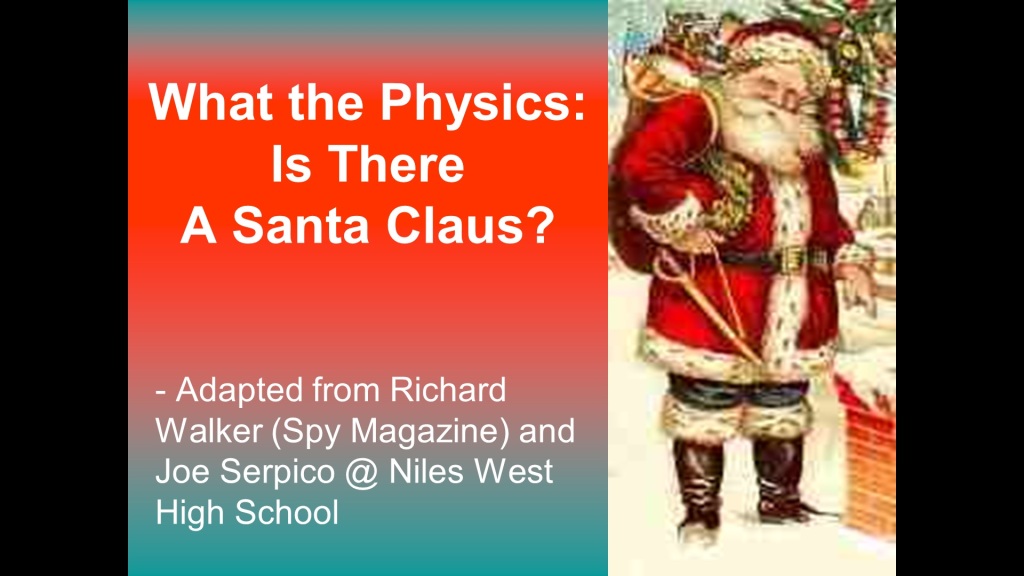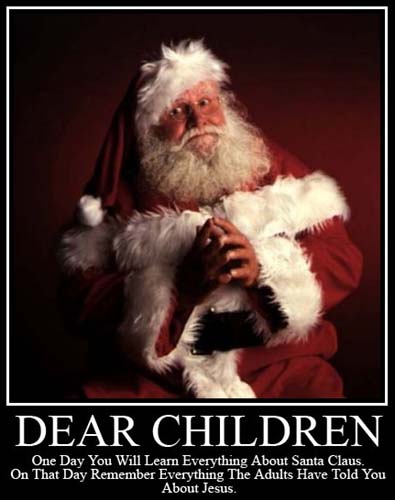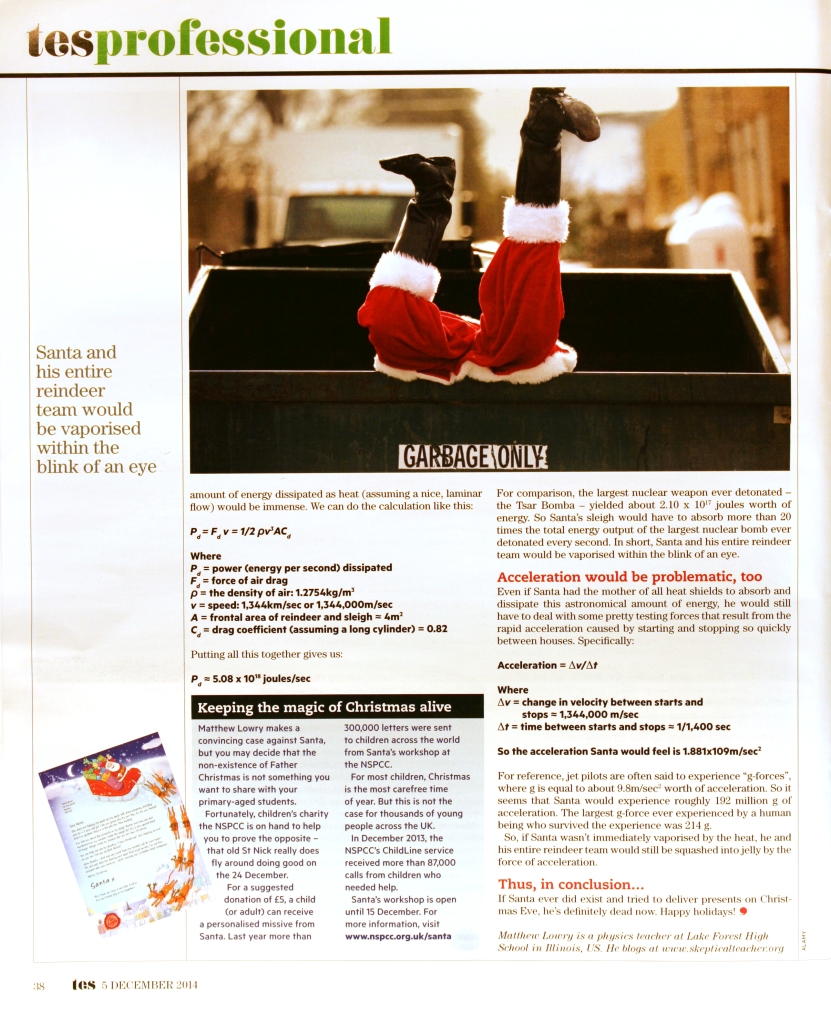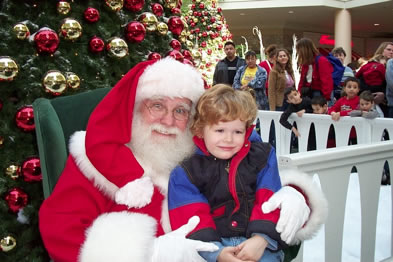A recent article posted by skeptical writer Greta Christina titled No, Virginia, There Is No Santa Claus over at Freethought Blogs caught my eye. In it, she makes a compelling argument for why it is that children should be skeptical of some adults’ attempts to hoodwink them…
… You should be extremely suspicious of anyone who tells you that you’re a bad person for not believing things you have no good reason to think are true. You should be extremely suspicious of anyone who tells you that, in order to experience love and generosity and devotion, you have to believe in Santa Claus, or any other mythical being there’s no good evidence for. You should be extremely suspicious of anyone who tells you that “childlike faith” — i.e., believing things you have no good reason to think are true — is somehow in the same category as poetry and romance. You should be extremely suspicious of anyone who tells you that the world would be dreary without Santa Claus: that without Santa Claus, the light of childhood would be extinguished, we would have no enjoyment except in sense and sight, and existence would be intolerable. That is one seriously messed-up idea.
Adults know that there is no Santa Claus. If they tell you otherwise, they are lying to you. That’s okay: some parents tell their children that Santa Claus is real as a sort of game, and there’s no evidence that this does any real harm. But if anyone keeps lying to you — about Santa Claus, or anything else — when you ask them a direct question and explicitly ask them to tell you the truth? That’s a problem. And if anyone tries to make you feel ashamed, or inferior, or like your life will be dreary and intolerable, simply because you don’t believe in this lie they’re telling you… you should be extremely suspicious. They are trying to manipulate you. It is not okay.
I agree wholeheartedly with Greta’s thoughts on this matter, and I recommend that you read her entire post on the topic. That said, I’d also like to take this opportunity to share (or re-share) some of my previous work on the entire matter of skepticism, education, Santa Claus, and the Holiday Season in general.
1. If Santa ever existed, he didn’t live for long
This is perhaps what I’m most famous (or infamous) for on this topic: I use physics to kill Santa Claus; to be more accurate, I use physics to kill the idea of Santa Claus (because it’s impossible to kill something that doesn’t exist in the first place). Originally, I made a post years ago outlining how, assuming the jolly old elf existed in the first place, Santa would be simultaneously fried to a crisp and squashed into jelly in his attempts to deliver presents on Christmas Eve.
Then, last year, I decided to up my game a bit. I got commissioned to write an article for a UK Education periodical on the topic, and I went so far as to perform the explicit calculations showing that not only would Santa have to absorb the equivalent energy of 20 Tsar-Bomba nuclear weapons every second due to air drag, but he’d also experience roughly 192 million g’s worth of acceleration in the process – more than enough to make short work of him!
Now, I’d like to share with you the specific PowerPoint I use to annihilate the Santa Claus myth. Feel free to download and use it as you will 🙂
Physics of Santa 2.0
2. The Santa Myth isn’t all bad and can serve a skeptical purpose
I’ve argued before that I think the myth of Santa Claus can actually be a very useful tool to promote skepticism and critical thinking in young children. Please note that my argument here is not in any way, shape, or form in opposition to Greta Christina’s well reasoned post above; I simply think that it is good for children to work out for themselves that Santa isn’t real, and once they’ve done that they should give the stink-eye to anyone who tries to give them grief or make them feel bad for not believing in the fairy tale. Even better, once kids figure it out, they should go forth and argue with their peers about the existence of Santa; what could be better than skeptical children promoting critical thinking to other kids?
3. It isn’t all about Santa
While it is perhaps true that Santa Claus is the most popular aspect of the Holiday Season, it certainly isn’t the only myth of the Holiday Season. Once children become skeptical of the existence of Santa Claus, then why not encourage them to ask questions and become more critical of other aspects of the season? For example, they can take the following myths and misconceptions quiz on the issue, examining everything from the more pagan aspects of Christmas to blatant falsehoods regarding the Gospels in the Bible. After all, once one starts to question one myth, then why not another?…














